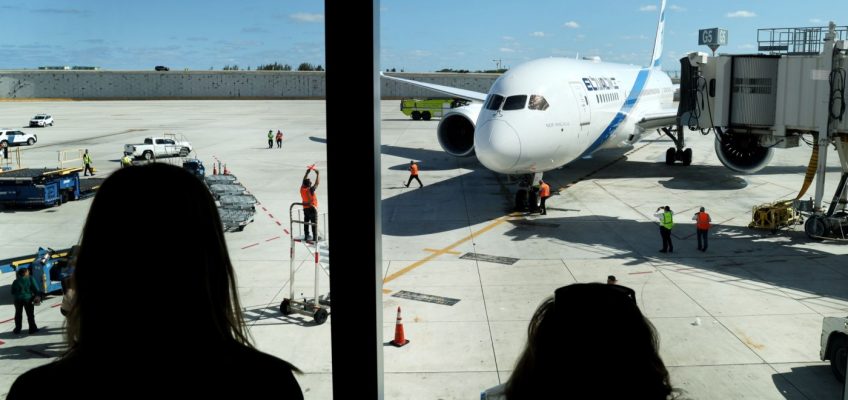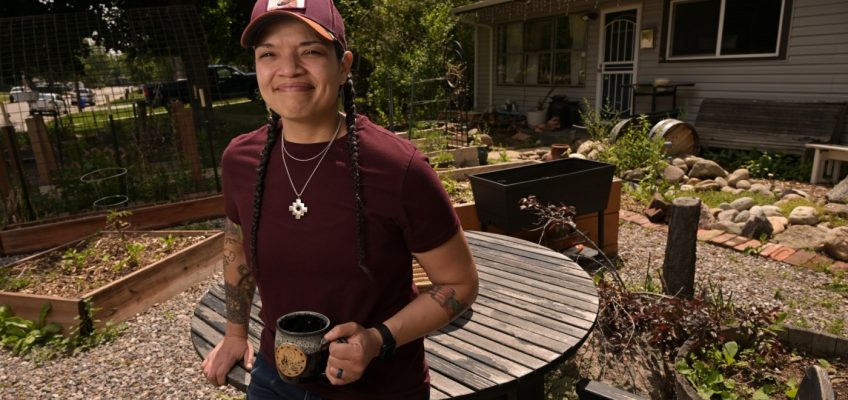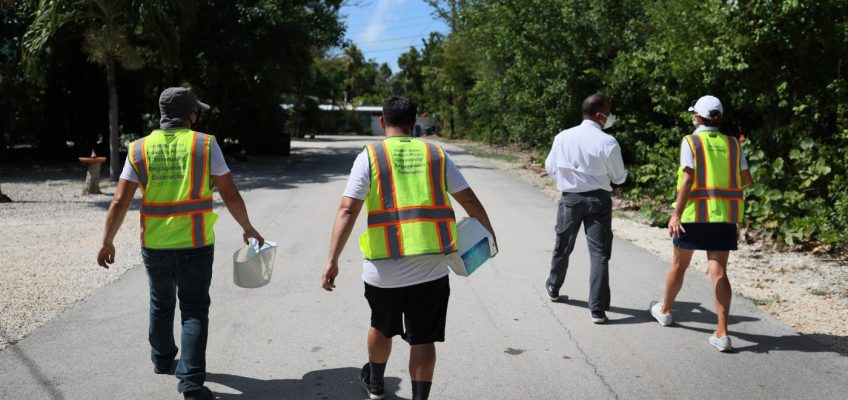Many Americans who love Israel are facing a dilemma: Should they visit now, or hold off until times are safer?
Since the Oct. 7, 2023, attack by Hamas, Israel has been locked in an ongoing conflict with neighboring countries and territories, most prominently in Gaza, where about 50 Israeli hostages remain and more than 50,000 Palestinians are estimated to have been killed, and in Iran, where Israel and the United States launched missile attacks on nuclear sites last month. Israeli air space was subsequently closed to travel until June 24.
Tourism to Israel has suffered, and the continuing hostilities have made many frequent visitors reluctant to make the trip. But despite travelers’ hesitancy, some South Floridians with deep connections to the country say now is an important time to go.
“My first piece of advice is: Go, don’t be afraid,” said Delray Beach resident Katie Colburn, who has visited the country about 20 times, most recently in April. “They need us to come right now.”
Rabbi Josh Broide of Boca Raton Synagogue, who is moving to Israel this summer, said travelers are often in awe of Israelis’ resilience.
“Life goes on and visitors are warmly welcomed,” Broide said. “The best way to support the country is to be there — to see it, to stand with it and to experience its strength firsthand.”
There are many experts and travel veterans to consult if you are considering a trip, including your family, tour leaders, Israelis you know and the U.S. Department of State. If you are ready to commit, here are some tips from South Florida travelers and the State Department to help with a smooth visit.
KNOW BEFORE YOU GO
Check advisories. The U.S. Department of State provides updates on conditions on the ground. As of July 1, the current advisory says Americans should “reconsider” travel to Israel and the West Bank. The statement warns Americans to stay at least 7 miles from Gaza, 2.5 miles from the Syrian and Lebanese borders, and 1.5 miles from the Egyptian border, except for the Taba crossing between Egypt and Israel, which is open. Go to travel.state.gov.
Don’t forget your ETA-IL. For the past year, American visitors have had to get an Electronic Travel Authorization to enter the country. You’ll have to answer a few questions online about your passport and the purpose of your visit. The ETA lets visitors stay in Israel for 90 days and costs about $7. Go to www.gov.il/en/departments/topics/eta-il.
Enroll in STEP. The free Smart Traveler Enrollment Program, sponsored by the U.S. State Department, allows the U.S. Embassy to keep in touch and send weather and security alerts. You can also share your itinerary so its staff can find you in an emergency. Go to mytravel.state.gov/s/step.
Download the Israel Home Front Command app. This app will send alerts targeted to your location during emergencies. It also allows users to contact the Home Front Command, the Israel Defense Forces’ civil defense unit.
Wherever you’re staying, ask where the closest secured spaces are and find them before going to bed. Traveler Katie Colburn said she heard sirens while she and her husband, David, were sleeping at their hotel in Jerusalem, but they stayed in their room. They weren’t sure what the protocol was. The Israeli government advises tourists and citizens to head for a shelter or safe room when they hear these alarms, which warn of immediate danger.
Know where the closest shelters are if you are out and about. Rabbi Leon Weissberg said there are signs in public places throughout the country directing people to shelters. “You’ll see security everywhere, you’ll see arrows to shelters everywhere,” said the Cooper City resident, who visited in April. “The signs are so prominent now, and they’re in English, Hebrew and Arabic.” The sirens give a 1.5-minute warning of a missile or rocket attack in the central part of the country; times in other areas vary from 3 minutes to “15 seconds or less.”
Stay away from large public assemblies. The U.S. Embassy recommends American visitors steer clear of protests and areas with a large police presence. “Avoid demonstrations and crowds,” the embassy said in a July 1 alert.
Find a professional guide or go with a group if you want to see kibbutzes in the south that were affected by the Oct. 7 raids. “Go with a good guide who can give context and meaning,” Rabbi Broide said. Check in advance to see whether the kibbutz you wish to visit is open; some remain evacuated and closed to tourists.




